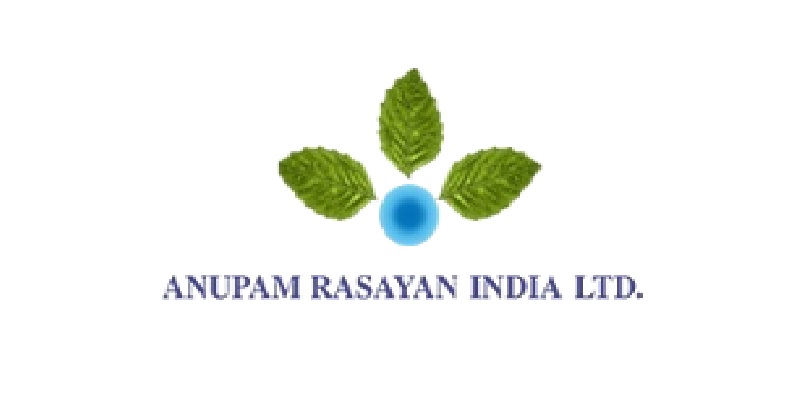Schedule a Call Back
How to use BIM to upgrade the world’s ports
 Articles
Articles- May 24,23
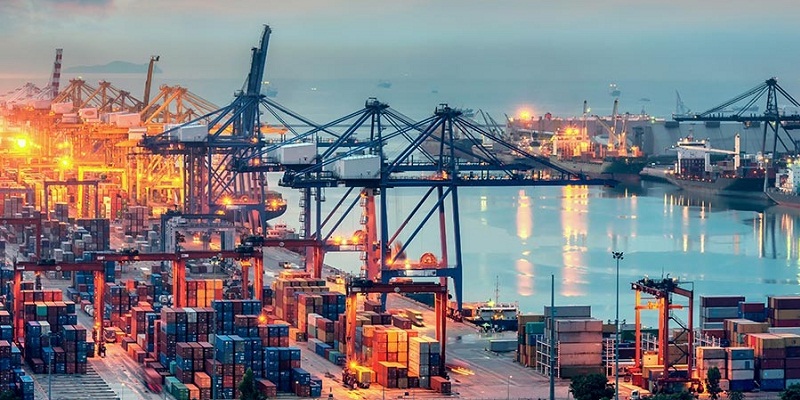
Related Stories

Reimagining Project Management in India’s Construction Sector
While infrastructure investments have surpassed $ 850 billion in India, nearly 60 per cent of projects suffer cost or schedule overruns. Hence, it is important to drive efficiency, collaboration, an..
Read more
Knauf India doubles capacity with new metal line at Khushkhera plant
The increased production capacity is expected to improve the company’s ability to meet rising domestic demand and support a wider portfolio of drywall and ceiling solutions.
Read more
Alligator Automations Unveils Rs 0.4 Bn Pune Facility for Global Scale
With this expansion, Alligator Automations strengthens its position as India’s largest end-of-line packaging and robotic automation company.
Read moreRelated Products
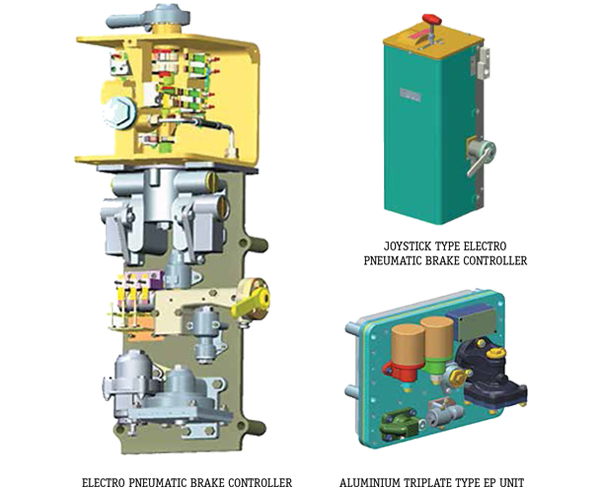
Electro - Pneumatic Brake System for Emu
Escorts Kubota Limited offers a wide range of electro - pneumatic brake system for EMU.
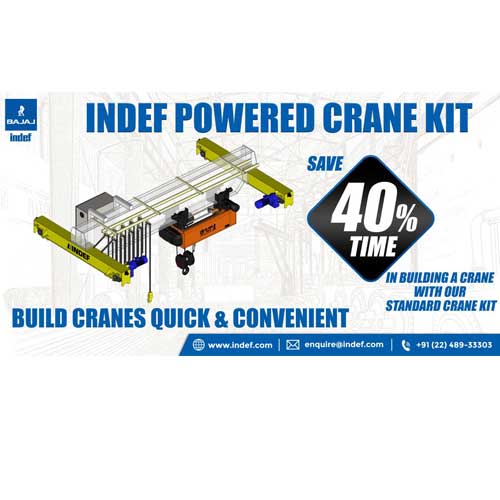
Indef Powered Crane Kit
Hercules Hoists Ltd offers a wide range of Indef powered crane kit.
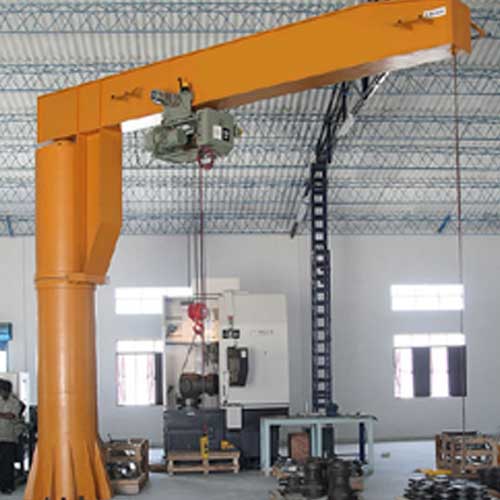
Jib Crane
DC Hoist & Instruments Pvt Ltd offers a wide range of Jib crane.





